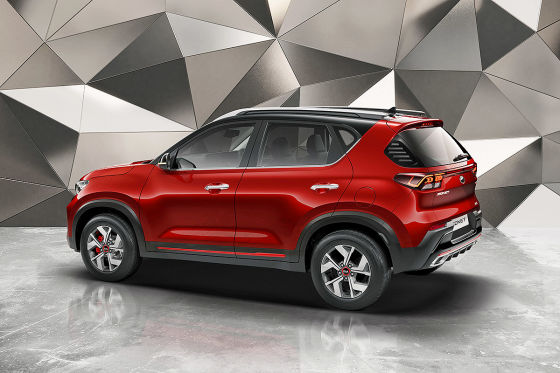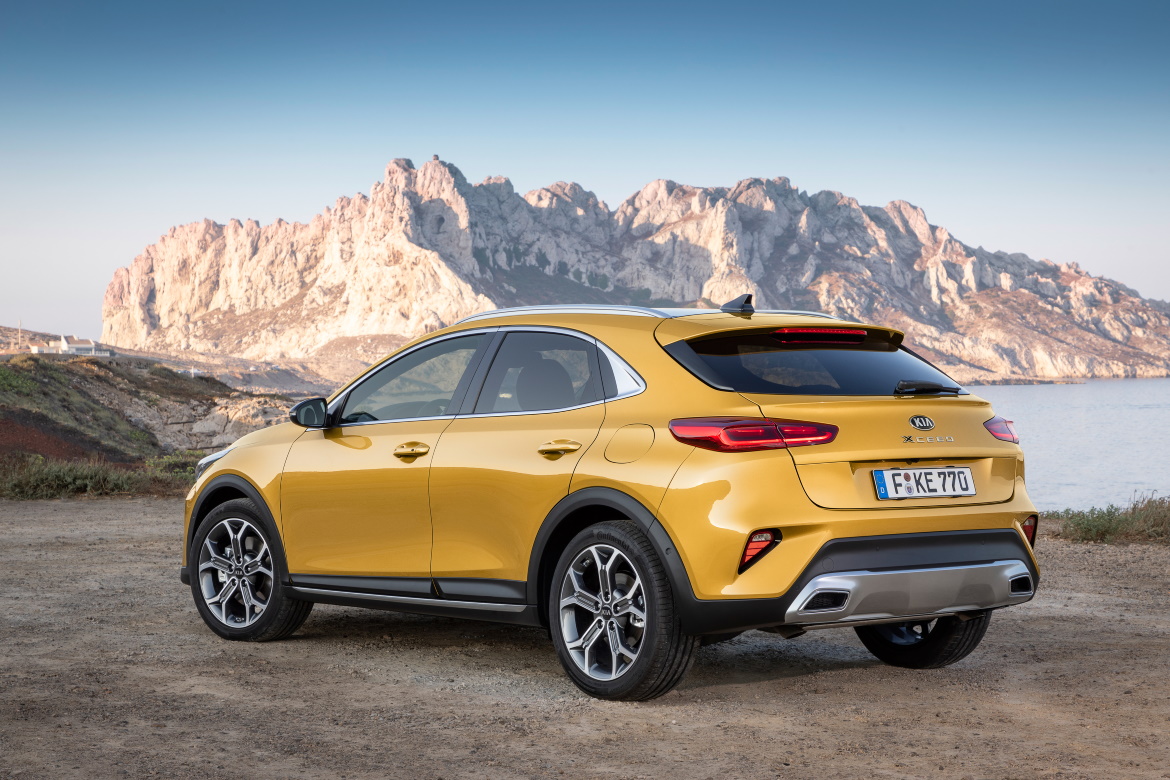

However, buyers of the second-generation model were likely to favor the available 173 hp (129 kW) V6, with 178 lb Fans of the original pre- Hyundai Sportage and critics complained that it was considerably larger than the original Sportage and had none of its off-road capability, the two keys to its success. A 2.0 L straight-4 diesel engine was available in the United Kingdom. Īfter a two-year hiatus, the Sportage returned in model-year 2005, sharing a Hyundai Elantra-based platform with the 2005 Hyundai Tucson. As well as a failure of the seat belts, the vehicle structure collapsed. The Kia Sportage scored the lowest possible result in the Australian ANCAP crash tests – one star out of five. By 2003, most international markets had discontinued the Sportage range, although it remained on sale in some developing countries until its second-generation replacement arrived in 2005. The first-generation Sportage was discontinued in South Korea in 2002, and in North America after the 2002 model year. This first-generation model (1993–2002) sold in low numbers, even domestically in South Korea, and models after Hyundai's 1998 partial takeover of Kia (1997–2002) were recalled twice for rear wheels dismounting while driving. The 1997 model year Kia Sportage was the world's first production vehicle to be equipped with a knee airbag. In North America, the 2.0-liter FE DOHC engine produced 130 hp (97 kW) and had optional four-wheel drive. Delivering 87 kW (117 hp), this gasoline engine was available from 2000 onwards. Diesel-engined models were mostly restricted to European markets, as was the more basic single overhead camshaft (SOHC) version of the 2.0-liter FE gasoline inline-four. Kia offered three Mazda-sourced engines in the Sportage, beginning with the 2.0-liter FE DOHC inline-four gasoline unit producing 95 kW (128 hp) and the 2.0-liter RF inline-four diesel rated at 61 kW (82 hp). This stretched model-mainly sold in Asian markets under the name "Sportage Grand", but also as the "Grand Wagon"-featured a 305 mm (12.0 in) longer body utilizing the same wheelbase, an increase in luggage capacity from 1,570 to 2,220 liters (55.4 to 78.4 cu ft), and the relocation of the spare wheel from the tailgate to underneath the floor. Kia initially developed the wagon in standard length form, but in circa 1996, the company released an extended length version. The Sportage was sold in either a five-door SUV or a three-door soft-top convertible. It was launched in Asia in July 1993 and European sales started two years later.


įrom 1995 to 1998, the Sportage was built by Karmann in Germany European buyers received German-built versions in that period, while the rest of the world received South Korean-built versions. The collaboration was soon abandoned as Daimler unexpectedly withdrew before a formal agreement was achieved. All were test marketed through franchise dealerships in Seoul, South Korea, and Taipei, Taiwan. Actual production numbers have never been verified, but were rumored to be no more than 25 units assembled. A small number of converted three-door convertibles into two-door pickups, designated GLL200, were produced. This was during Kia's alliance with Ford and Mazda, which involved Ford/Mazda providing technology and Kia providing inexpensive manufacturing facilities for Ford.Įarly in 1994, an experimental project was attempted between Kia Motors and Daimler-Benz AG. It shares many mechanical components such as the engine, transmissions (early versions), and differentials with the Mazda line of vehicles. The first-generation Kia Sportage was developed with a Mazda Bongo engineering base platform.


 0 kommentar(er)
0 kommentar(er)
